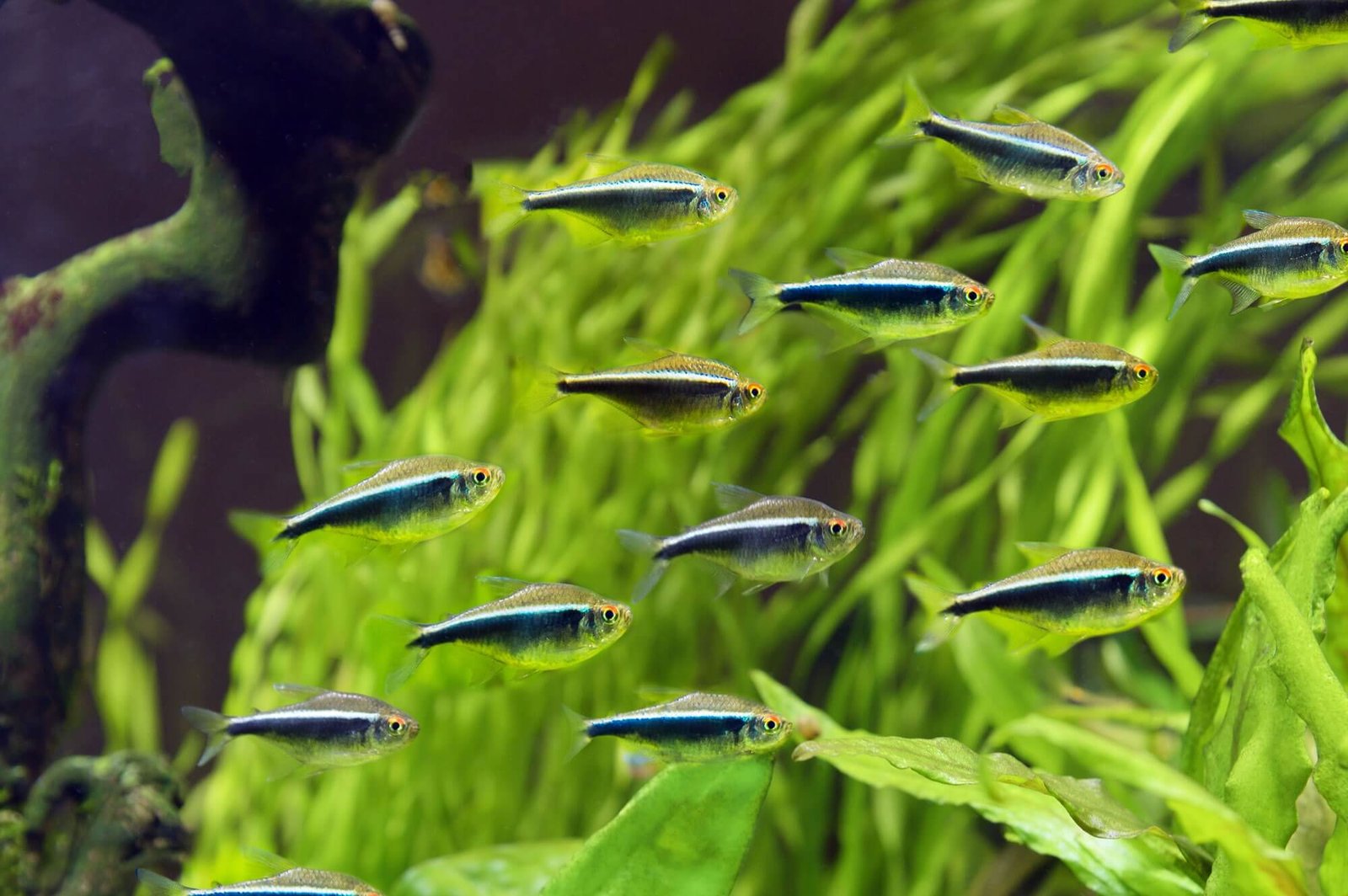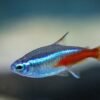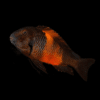To provide the best experiences, we use technologies like cookies to store and/or access device information. Consenting to these technologies will allow us to process data such as browsing behaviour or unique IDs on this site. Not consenting or withdrawing consent, may adversely affect certain features and functions.
The technical storage or access is strictly necessary for the legitimate purpose of enabling the use of a specific service explicitly requested by the subscriber or user, or for the sole purpose of carrying out the transmission of a communication over an electronic communications network.
The technical storage or access is necessary for the legitimate purpose of storing preferences that are not requested by the subscriber or user.
The technical storage or access that is used exclusively for statistical purposes.
The technical storage or access that is used exclusively for anonymous statistical purposes. Without a subpoena, voluntary compliance on the part of your Internet Service Provider, or additional records from a third party, information stored or retrieved for this purpose alone cannot usually be used to identify you.
The technical storage or access is required to create user profiles to send advertising, or to track the user on a website or across several websites for similar marketing purposes.
















Emily Carter (verified owner) –
I recently added the 6 Black Neon Tetras to my 20-gallon community tank, and I can’t express how thrilled I am with them! These stunning little fish, with their iridescent blue and black stripes, bring so much life and color to my aquarium. After about two weeks, they’ve settled in beautifully, darting around the tank playfully. I appreciate that they are peaceful and get along well with my other fish, which is a must for me as a caring fish parent.
One of my favorite observations is how they tend to form small schools, which creates a mesmerizing display. Compared to my previous experience with other tetra varieties, the Black Neon Tetras are definitely more active and have a charming personality. The only minor concern I had was their initial shyness, but a well-planted environment has helped them feel secure and thrive.
I wholeheartedly recommend these fish to anyone looking to enhance their freshwater aquarium. They’re perfect for both beginners and experienced hobbyists alike. Remember to provide plenty of hiding spots and plants for their comfort. I’m already planning to get a few more to really up the school effect! Would definitely buy again!
Emily Thompson (verified owner) –
I recently added a school of 6 Black Neon Tetras to my aquarium, and I couldn’t be happier with my decision! After about two weeks, they’ve settled in beautifully and their colors truly pop against the planted backdrop. These little guys are not just stunning to look at; they’re also incredibly peaceful and a joy to watch as they dart around the tank. I’ve kept other types of freshwater fish before, but the neon tetras have a unique charm that sets them apart.
I was initially worried about how they’d acclimate, but they adjusted surprisingly well, and I followed the recommended quarantine procedures to ensure their health. The most delightful thing is how they stay in a tight school, which really enhances the visual appeal of my setup. If you’re a beginner looking to create a striking aquatic display, these are perfect. Just ensure your tank is well-planted to mimic their natural habitat! The only minor issue I faced was ensuring they got enough hiding spots; they enjoy a bit of cover when feeling shy. Overall, I highly recommend Black Neon Tetras for anyone wanting to brighten up their aquarium without too much hassle!